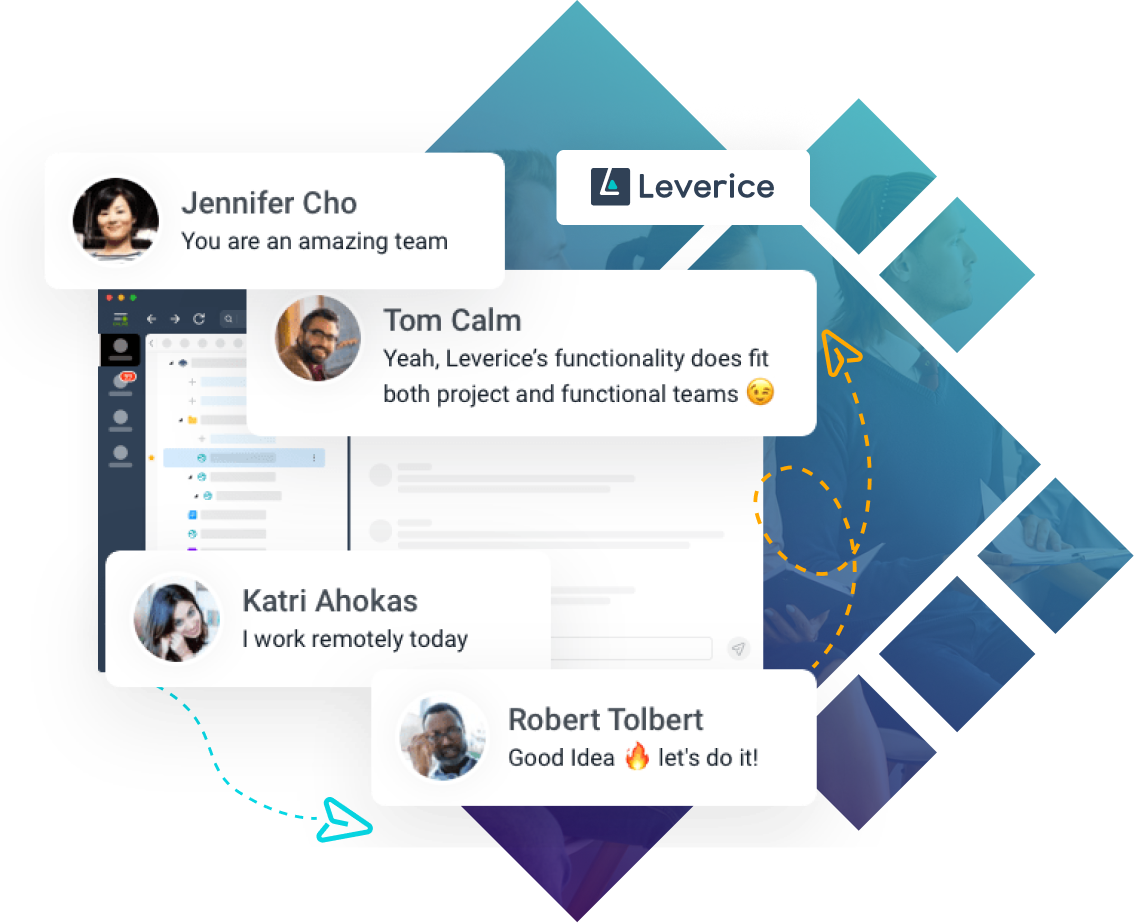The common practice in software development is that new projects are handled in two major phases: Discovery phase of a project (including a detailed study of the subject area, project stakeholders and tech capabilities) and Delivery phase (which covers the actual software development process, testing, architecture and other engineering and delivery activities).
It is very often the case for customers to come to a development team having a nice and lucrative business idea, but with no detailed understanding of how to implement it. In this situation, the best way is to conduct the project discovery phase at the beginning. During the product discovery phase in software development a business analyst will study the target audience of the future product, research expectations of a customer, implement competitor’s analysis, collect, analyze and accurately document the initial product requirements.
Requirements management is an integral part of the software development routine. The advantages of having fully-featured business analysis and discovery are not always obvious, but invaluable. In case the software has to be redone several times along the way because the requirements are just partially described and no one has a clear understanding of the final product, the project is definitely at risk, and it’s about time to engage into business analysis.
This is a wise step towards getting a better understanding of the functionality, time, efforts, and costs of implementation. Besides, the documentation gathered during the software development discovery phase always saves time and eliminates redundant efforts on reconfirmation and redesigning.
To sum it up, a correctly planned software project discovery phase is generally required to:
- Discover the key business goals and objectives;
- Specify the issues and challenges that new software needs to solve;
- Understand product use cases and context;
- Define target user expectations and attitudes towards the end product;
- Find new software ideas for improved development processes.
Team Composition for Discovery Phase in Software Development
Your typical discovery and analysis team usually involves a project manager, business analysts, designer, technical specialist and customer representatives providing the requirements.
Business Analyst
Business analyst is responsible for building a clear structured layout of the desired solution, analyzes and fixes requirements, designs system logic and establishes relationships between system entities and modules. Additionally, business analysts convert and translate business goals into functional / non-functional project requirements.
UI / IX Specialist
UI / IX Specialist researches potential design decisions that can apply well for the given product. During the discovery phases, designers specifically explore ‘who they are designing for?’ and ‘how should they design things?’ in order to ensure improved user experience.
Project Manager
Project manager is the main specialist responsible for project progress and teamwork organization, regular interactions with the client, reporting, booking resources and arranging deliveries timely and with proper quality. Project managers are also responsible for implementing proper project communication. This can be using such services as Slack, IVRs, email, etc.
Technical Specialists / Engineers
Technical specialists / engineers overview the project materials and documentation produced during the discovery efforts to make sure the scope of requirements is technically feasible. This person is also expected to generate and introduce solution architecture.

“Put together an efficient project discovery team with GP Solutions”
What key steps take place during the Discovery Phase?
The main overall objective of project discovery efforts is to build a clear understanding of whom the users are, what they need and what is the context for using the product that needs to be developed.
In case any live version of a solution exists already, the team can conduct usability testing to establish how efficient and productive the current solution is. If the customer does not have a completed software solution yet, the discovery team normally proceeds to analyze similar products available on the market. It is worthy of notice that a thorough pros and cons analysis of competing solutions is extremely productive in eliminating lots of potential mistakes in production. It also helps a lot in properly shaping up your competitive edge and sticking with it as the project moves on. You have to fully understand the problem to be solved before moving on with any prototyping or development.
Learning customer business processes
When performing preliminary analysis, the project team discovers in detail the customer’s business processes and strives to determine their ultimate layout and arrangement. Understanding the ultimate business operation roadmaps is highly important to shape up the final product.
Establishing user’s expectations about the product
At this step, the team takes time to run a detailed study of the target audience. First it is necessary to overview the product to be developed, the users who predominantly make use of such solutions and what key issues they need to solve.
Locating project bottlenecks
It is highly critical to locate and eliminate any bottlenecks at product development and optimization stages in order to avoid numerous possible issues and costly results. These could be poor product or service quality, unhappy clients, wasted time and even income as the project development moves on.
Backlog formation and prioritization
At this project step the analysis team has to determine the key functions to be engineered, as well as the range of errors that require to be fixed, project-related non-functional requirements to be considered – in other words, all that key things to take care of in order to offer a competitive product for the given target audience. The software development requirements that are collected and processed according to criteria such as business value, risks, interdependence, volume, and deadline.
Designing a project roadmap
The result of a correctly conducted software development discovery phase is usually a strategic roadmap, which defines implementation goals and preferred project results. Normally it also includes a detailed breakdown of project delivery steps and stages. The project roadmap outline can also be described as the communication tool, which is a specific document designed to handle and explain the development strategy, answer any ‘where’ and “why’ questions on the way to handling each individual step of the implementation plan.
Additionally, at this step, the initial task and requirements are finally formulated. Also, the interconnection of diverse systems outlines the development process of the final solution.
Benefits of Discovery Phase in Software Development
As was previously mentioned, it quite often happens that a lot of software development projects (especially startups) might come up with an excellent idea, but there is a lack of wholesome technical vision as to what the solution has to contain in order not to fail, at least at the initial stage of the lifecycle. It is quite complicated for the client to properly establish what users are really looking for and how the project should finally look like.
All these problems can be clarified at the discovery phase. This kind of approach helps minimize required changes during the development process, since the project scope is clarified alongside various key elements: solution type, its functional capacity, optimal platforms that should be used, project deadlines and deadlines and budget estimates.
Upon completion of the discovery phase, the customer obtains a range of undeniable advantages, such as:
- A clear-cut tech specification with implementation deadlines and budgeting;
- Expert assessment of the project concept and alternative solutions, including the stack of applicable technologies;
- Business analysis in software development related to the overall project idea and outlining hidden aspects not properly considered initially;
- Analysis of user issues and expectations based on competitor and user research;
- Balancing between customer’s business goals and interests of the end user base;
- Optimized costs and expenses;
- Minimized need for costly additional updates during the implementation phase;
- Possibility to fully grasp how the technical partner meets client expectations, how well the partnership is going, and make an informed decision with regard to further cooperation.
A final word
At first sight, Discovery Phase may appear as a ‘nice-to-have’ stage that only increases project complexity and budget. However, in reality this stage saves the team redundant efforts on additional changes, corrections, excessive analytics and so on. Discovery phase is a time-tested way to ensure that every development team member knows his or her role as part of the project, has a clear vision of its objectives, scope of work and deadlines.
What is also critical is that the client and contractor can come to an agreement on the overall project vision, which is highly useful for future project stages.
We at GP Solutions have a good understanding of modern technology and have strong hands-on experience in multiple business domains. Contact us to get a free consultation!


















